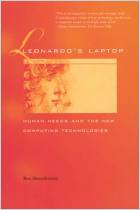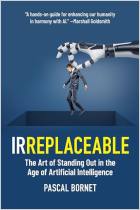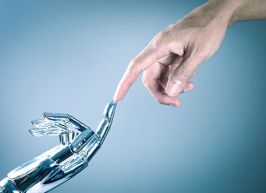Humans have made tools since prehistoric times. And tools or technologies – like the steam engine, the telegraph or electric lights – change how people live. Thanks to advances in algorithms, machine learning and deep learning, today’s artificial intelligence is a super tool that may improve human life on many levels, from health care to education to the environment. But criminals, terrorists and people seeking to undermine democratic governments can also use AI. Human-Centered AI (HCAI) provides strategies for grounding AI in human values and deploying this powerful new technology to improve, not diminish, people’s lives.
Human-Centered AI (HCAI) seeks to empower people, not replace them.
Artificial intelligence – gaining fuel from increasingly sophisticated algorithms, machine learning and deep learning – promises immense advances in medicine, manufacturing, communications and transportation. Yet criminals, terrorists and people seeking to undermine democracies and their institutions can also exploit possibilities that AI advances reveal.
Human-Centered Artificial Intelligence (HCAI) provides strategies for moving away from AI that focuses exclusively on powerful algorithms, and toward AI that prioritizes the human perspective. In the recent past, AI researchers and developers targeted the power and performance of algorithms and technologies. But fear of bad actors and AI’s impact on the economy made people increasingly concerned over AI’s effects on humans. HCAI doesn’t want AI and automation to replace human beings. It aspires to keep people in control of AI. It wants AI to benefit human beings and promote human aspirations, such as for a more just society. HCAI prioritizes “rights, justice and dignity.”
HCAI vests in rationalism and empiricism...




















Comment on this summary or 开始讨论